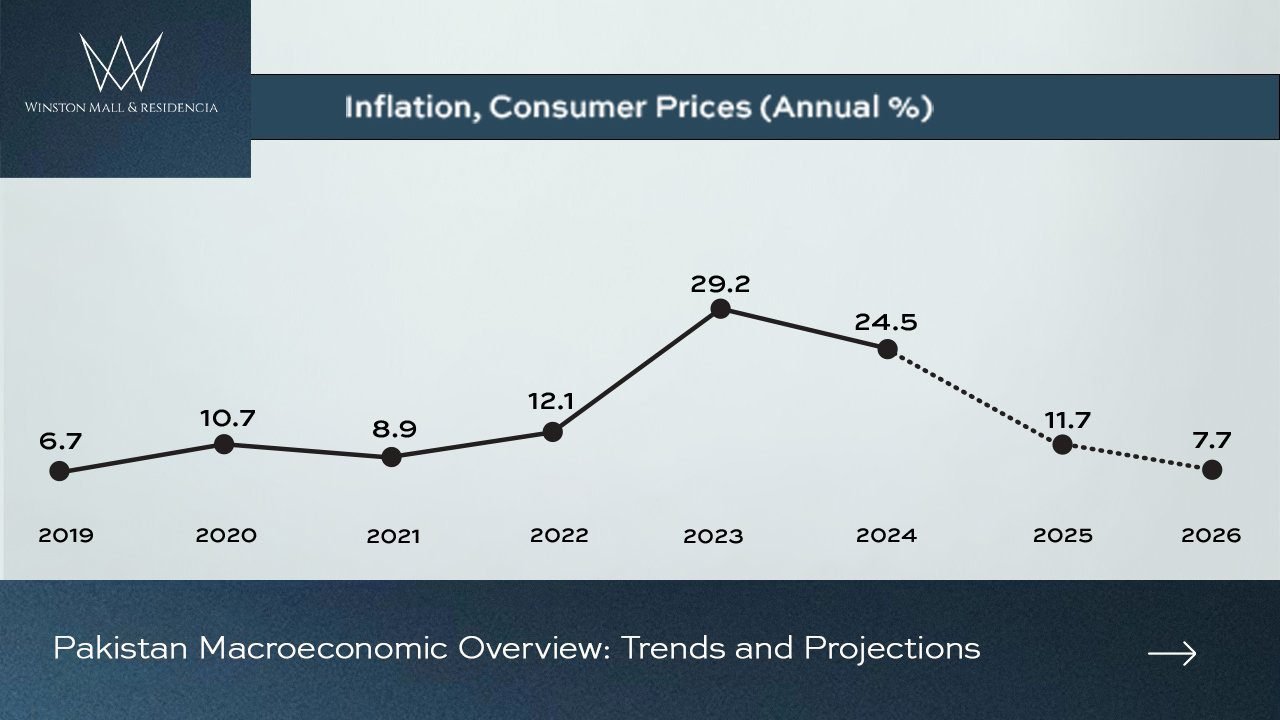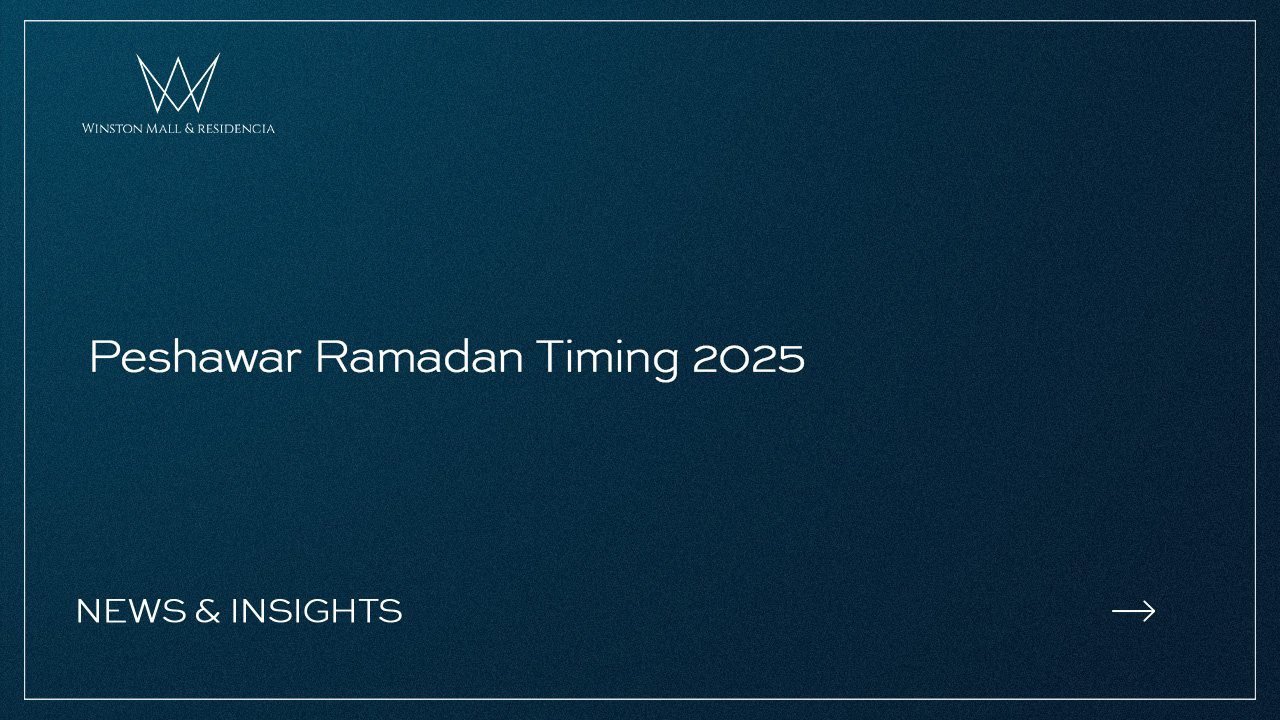According to the economic indicators provided for fiscal year 2023, Pakistan has become a recovery path from contraction since turning around toward growth once again based on contributions from various sectors. This blog provides a better insight into several economic metrics and current trends derived from the presented data: inflation to GDP growth, monetary policy, and other demographic statistics.
Table of Contents
ToggleOverview of Economic Performance
In the fiscal year 2023, the final reversal of declining negative economic growth was seen with the GDP growth rate touching 2.34% after a decline of 0.2% in the previous year. This rebound came with crucial sectors such as agriculture and manufacturing showing major growth besides support from improved foreign direct investment and financial management policies.
Key Indicators and Trends
Inflation Trend
The inflation rate has been experiencing steady growth in the past couple of years, with a high recorded last year at 29.2% in 2023. This sharp increase may be caused by various factors like increased commodity prices and input costs. It is expected to decline in the later years with respect to inflation in the years 2025 approximating to about 7.7% as steady measures and policies set in.
GDP Growth Outlook
The growth projection for GDP puts forth an optimistic scenario by a prospect of going up to 4.5% in 2025. It rests on stronger agricultural outputs, stabilization in manufacturing, and an improved export scenario.
Monetary Policy Adjustments
The monetary policy rates go through a swing of different levels, peaking at 22% in January 2023. Projections stand at around 19.5% as June 2024 is expected to reach. These turns in trend reflect the reaction by the central bank to inflationary pressures and its desire to be able to establish economic stability.
Demographic Insights
Population and Urbanization
The population of Pakistan, in 2023 was about 242 million, with an urbanization ratio of 36.4%. The trend of population provides very important indication for economic planning and policymaking as it molds all aspects of infrastructure, health services, etc.
Household Dynamics
The total number of houses totaled 37.5 million, while the average household size comprised about 6.41 persons. This statistic is important for understanding consumer behavior and potential market sizes for different sectors.
Literacy Rate
The literacy rate, as of 2023, is 62.8%, reflecting a continued challenge as well as an opportunity for the education sector. Its improvement is crucial for further developing workforce capability and long-term economic growth.
Future Outlook
Great Challenges and Opportunities
For Pakistan, the challenge will be to manage its debt while simultaneously propelling economic growth. With $25 billion worth of external debt servicing falling due in 2025, the financial strategy for the government will be crucial. Ongoing negotiations over a new three-year IMF program projected at $7-8 billion are expected to form an important part of the process of making the economy stable once again.
Strategic Initiatives
Pakistan has promised to address the economic challenges and seize the growth opportunities by increasing agricultural productivity, through manufacturing boost, by further enhancing access to international markets through better trade agreements.
Conclusion
Pakistan is on the threshold of experiencing an economic transformation due to strategic reforms and sound management of the economy. Despite the challenges at play, targeted initiatives combined with policy changes would help form a pathway into sustainable growth and development in the nation. This will be the crucial years that will shape the economic future of the nation as it moves from uncertainty in various financial environments around the globe and domestically.




